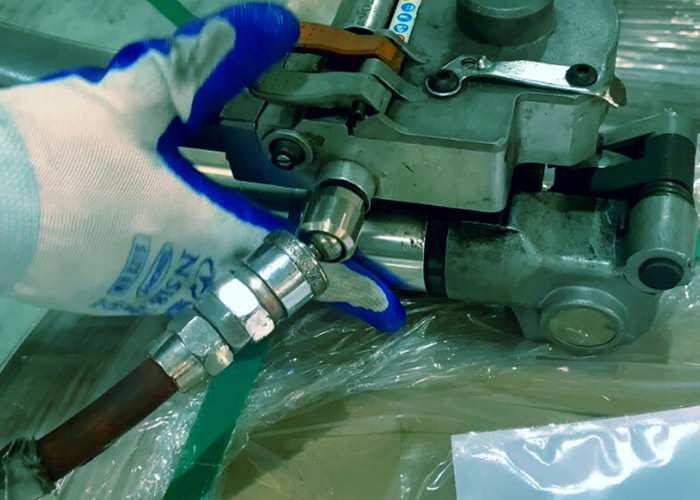Electrical Steel Laminations: Key Components in Efficient Electrical Equipment
- 获取链接
- X
- 电子邮件
- 其他应用
Electrical steel laminations are thin sheets of
specialized steel used in the cores of transformers, motors, generators,
and other electromagnetic devices. Their primary purpose is to minimize
energy losses during the conversion and transmission of electrical
power, making them indispensable in modern electrical systems.
These laminations are typically made from low-carbon steel alloyed with
silicon, which enhances their magnetic properties. Silicon content,
usually ranging from 1% to 5%, reduces the material’s electrical
conductivity, thereby lowering eddy current losses— a major source of
inefficiency in magnetic cores.
Another critical feature is the laminations’ thinness, often between 0.1
mm and 0.5 mm. This thin structure, combined with insulating coatings
on each sheet, limits the flow of eddy currents to individual
laminations, further minimizing energy dissipation. Additionally, many
electrical steel laminations are grain-oriented, meaning their crystal
structure is aligned to optimize magnetic permeability in the direction
of magnetic flux, reducing hysteresis losses.
In transformers, electrical steel laminations form the core around which
primary and secondary coils are wound, enabling efficient voltage
transformation. In motors and generators, they shape the stator and
rotor cores, facilitating the conversion between electrical and
mechanical energy with minimal loss.
As global demand for energy efficiency grows, the role of high-quality
electrical steel laminations becomes increasingly vital, driving
advancements in material science and manufacturing techniques to enhance
their performance.

- 获取链接
- X
- 电子邮件
- 其他应用
评论
发表评论